Members save 10% or more on over 100,000 hotels worldwide when you’re signed in
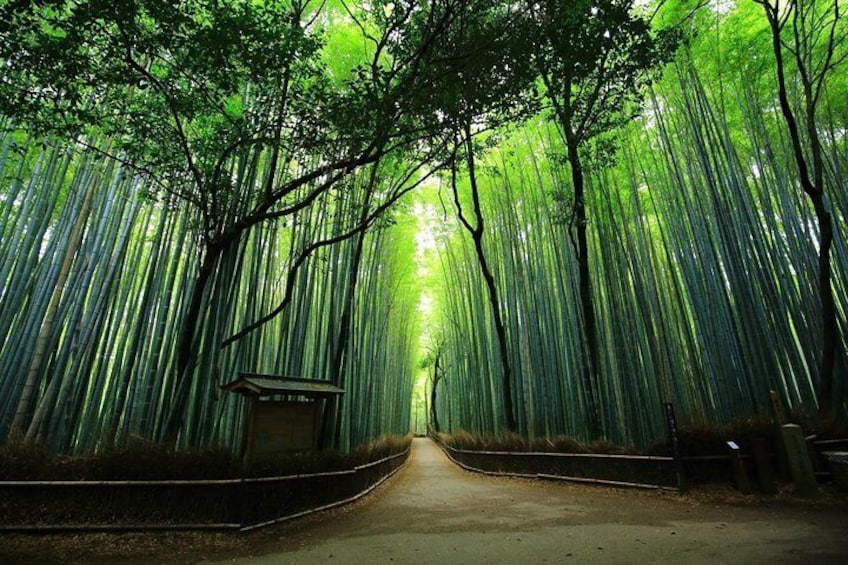
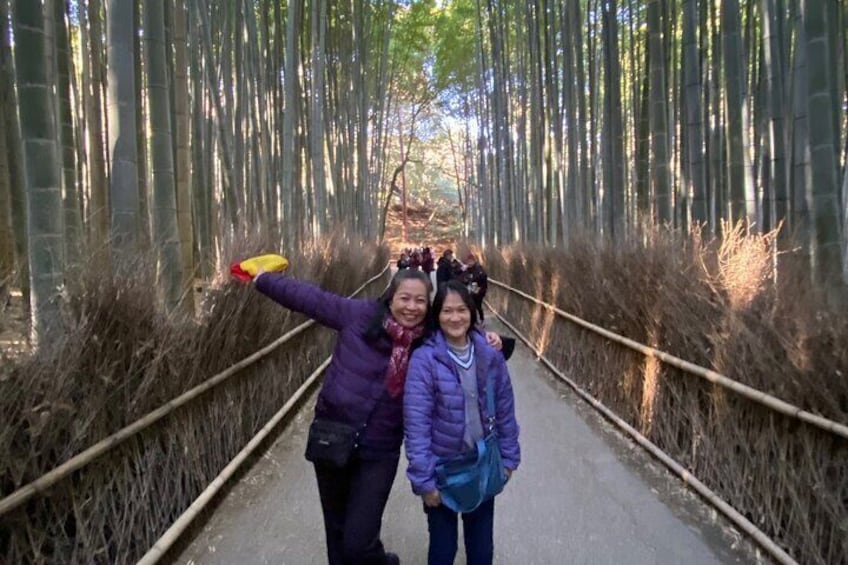
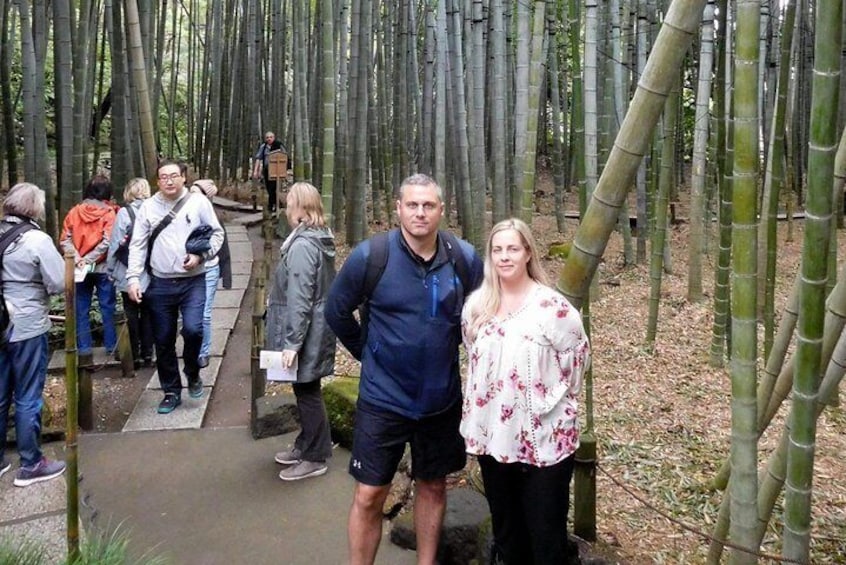
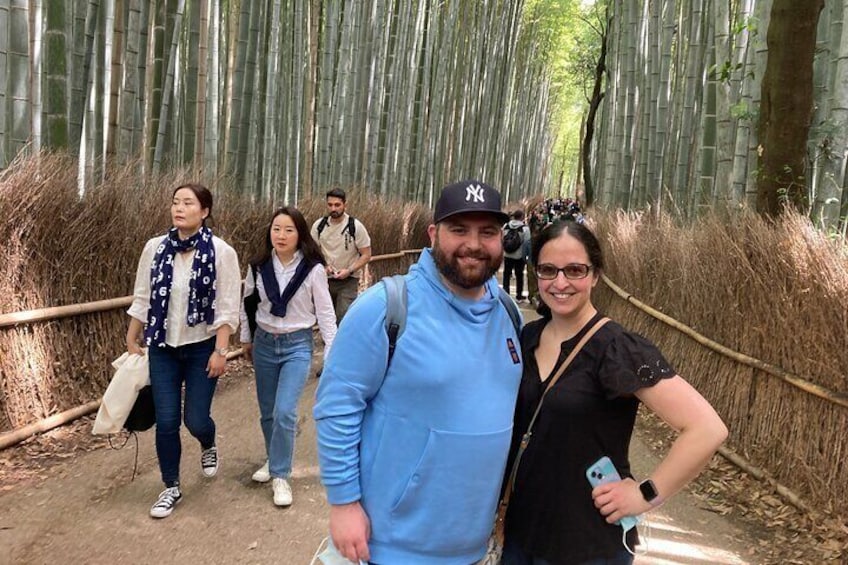
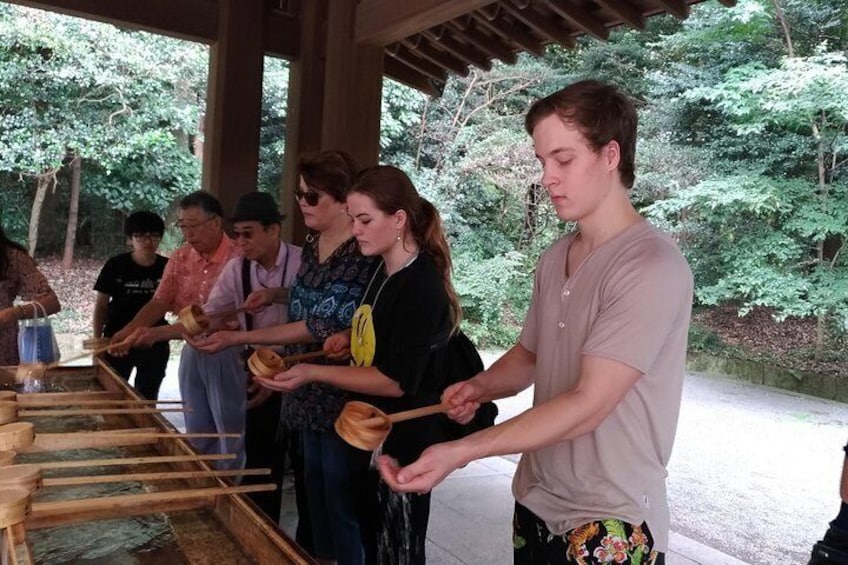
Kyoto Arashiyama & Sagano Bamboo Private Tour with Government-Licensed Guide
4.7/5
4.7 out of 5Features
- Free cancellation available
- 6h
- Mobile voucher
- Instant confirmation
- Selective hotel pickup
- Multiple languages
Overview
Accompanied by a government-licensed and experienced multilingual guide, explore the area of Arashiyama and Sagano, where aristocrats once unwound in their villas more than 1,000 years ago.
The highlights of this tour include the scenic countryside views from Togetsukyo bridge; Tenryu-ji temple with its beautiful traditional gardens; the enchanting world from within the Bamboo Grove; and Jojakko-ji Temple with its breathtaking green moss. During the tour you will also visit some secret spots unfamiliar to the usual tourists.
Enjoy the walk and delicious food while learning about Japanese culture and history. Our guides are looking forward to arranging a tour that’s best for you!
Note1: Please select your must-see spots from a list in the tour information to create your customised itinerary.
Note2: The National Government Licensed Guide Interpreter certification is issued by the Japanese government requires a good knowledge and understanding of Japanese culture and history.
Activity location
- Arashiyama
- Ukyo-ku,
- 616-0007, Kyoto, Kyoto Prefecture, Japan
Meeting/Redemption Point
- Arashiyama
- Ukyo-ku,
- 616-0007, Kyoto, Kyoto Prefecture, Japan
Check availability
Kyoto Arashiyama & Sagano Bamboo Private Tour with Government-Licensed Guide
- 6h
- English
Pickup included
What's included, what's not
- Customisable Walking Tour of your choice of 3-4 sites from 'What to expect' list
- Meet up with guide in Kyoto
- Licensed Local English Speaking Guide
- The pick up/drop off for this tour is on foot.
- Lunch - Lunch (for yourself)
- Entrance fee (for yourself)
- Transport fee (for yourself and your guide)
- Private Vehicle
- Other personal expenses
- You cannot combine multiple tour groups.
- Guide Entry fees are only covered for sights listed under What to Expect.
Know before you book
- Specialised infant seats are available
- Service animals allowed
- Public transport options are available nearby
- Infants and small children can ride in a pram or stroller
- All areas and surfaces are wheelchair accessible
- Transport options are wheelchair accessible
- Suitable for all physical fitness levels
- Wheelchair accessible
Activity itinerary
Arashiyama
- 20m
- Admission ticket not included
Togetsukyo Bridge
Bamboo Forest Street
Shugakuin Imperial Villa
- 20m
- Admission ticket not included
Katsura Imperial Villa
- 20m
- Admission ticket not included
Kurama-dera
- 15m
- Admission ticket not included
Yoshimine-dera
- 20m
- Admission ticket not included
Daikaku-ji Temple
- 20m
- Admission ticket not included
Daikakuji Temple
- 20m
- Admission ticket not included
Okochi Sanso Garden
- 20m
- Admission ticket not included
Tenryuji Temple
- 20m
- Admission ticket not included
Katsura Imperial Villa
- 30m
- Admission ticket not included
Jojakkoji Temple
- 20m
- Admission ticket not included
Nisonin
- 20m
- Admission ticket not included
Gioji Temple
- 20m
- Admission ticket not included
Adashino Nenbutsu-ji Temple
- 20m
- Admission ticket not included
Otagi Nenbutsu-ji Temple
- 20m
- Admission ticket not included
Kibune River
- 20m
- Admission ticket not included
Location
Activity location
- Arashiyama
- Ukyo-ku,
- 616-0007, Kyoto, Kyoto Prefecture, Japan
Meeting/Redemption Point
- Arashiyama
- Ukyo-ku,
- 616-0007, Kyoto, Kyoto Prefecture, Japan